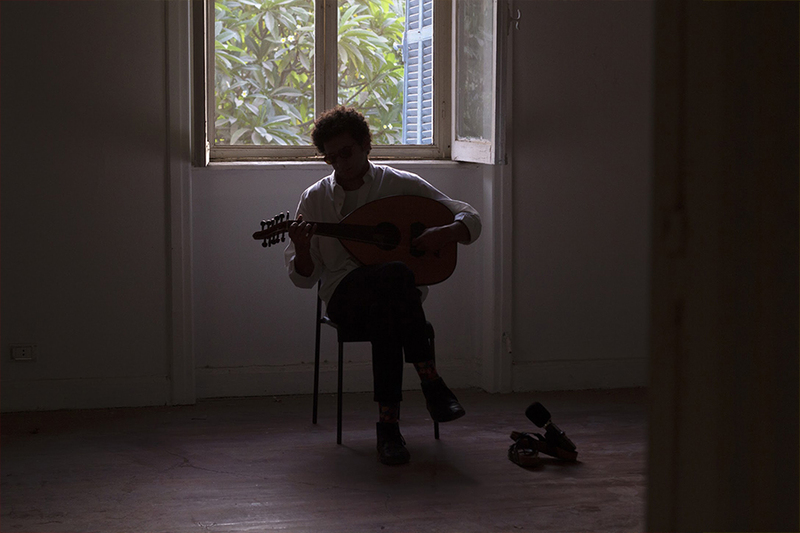
In an ode to a genre many would find perplexing and often unbearable, Anna Mikheeva describes the unique circumstances that brought her to Japanese Speedcore. Through an embrace of its "harmless aggression," Mikheeva finds both comfort and community in this "vibrant, absurd, and ironic" sound world.
The pandemic played a crucial role in my affinity for Speedcore. I was influenced in part by the virtual community on the now defunct plug.dj platform, where users could open virtual clubs together with their friends, create avatars (our club had unicorns, dogs, frogs, cowboys, and various mystical creatures), and take turns playing tracks from SoundCloud. This was when I first encountered the Japanese high-speed club scene, represented in our club by m1dy and DJ Sharpnel.
I believe the whole discovery of this genre and growing affection towards it during the pandemic was not coincidental. With limited opportunities to have any influence on the world and increased state control, I felt a growing sense of aggression, an emotion I struggled to accept, let alone to find a meaningful way to express. But while I was trying to understand this feeling and its possible political potential within repressive circumstances, Speedcore helped me convey aggression in a relatively harmless way—the only potential casualty was someone's sense of beauty.
Although this music is horrific—drums pounding like an asphalt tamper, percussion devolving into incomprehensible motor rumblings, and melodies mimicking high-powered drills—I've grown to love Speedcore. The genre often features bright, expressive, and clean synthesizers, and unlike European hardcore and gabber, Speedcore leaves room for melodic elements. It sounds as if half of your neighbors are on an anime marathon, while the rest have decided to make major renovations in their flats.
The genre's vibrancy, irony, and absurdity still captivate me. Speedcore makes me burst into laughter. The producers, of course, comprehend the irony of the sounds they create and aim to emphasize the nightmare this genre represents by giving the tracks specific names (Pain Continues, WHAT BPM IS THIS, Hideous Heresy), or by finding a terrifying visual form for it. For instance, this track compares the experience of listening to it with a nightmarish dental visit.
Although hardcore is considered dance music, it's nearly impossible to dance to. At least, I am sure that an outsider would hardly interpret my spasms and convulsions as dancing. Sometimes, I move in a smooth, slow manner as I try to follow the melody, but my muscles stay tense, ready to revert to following the rhythm. During these moments, I don't have time to consider the aesthetics of my movements—the sensory overload leaves no room for thought. Speedcore is an intensely physical experience, similar to the sensation of hitting your elbow and pinching a nerve: there's nothing else, it's just you and the noise in your ears.





